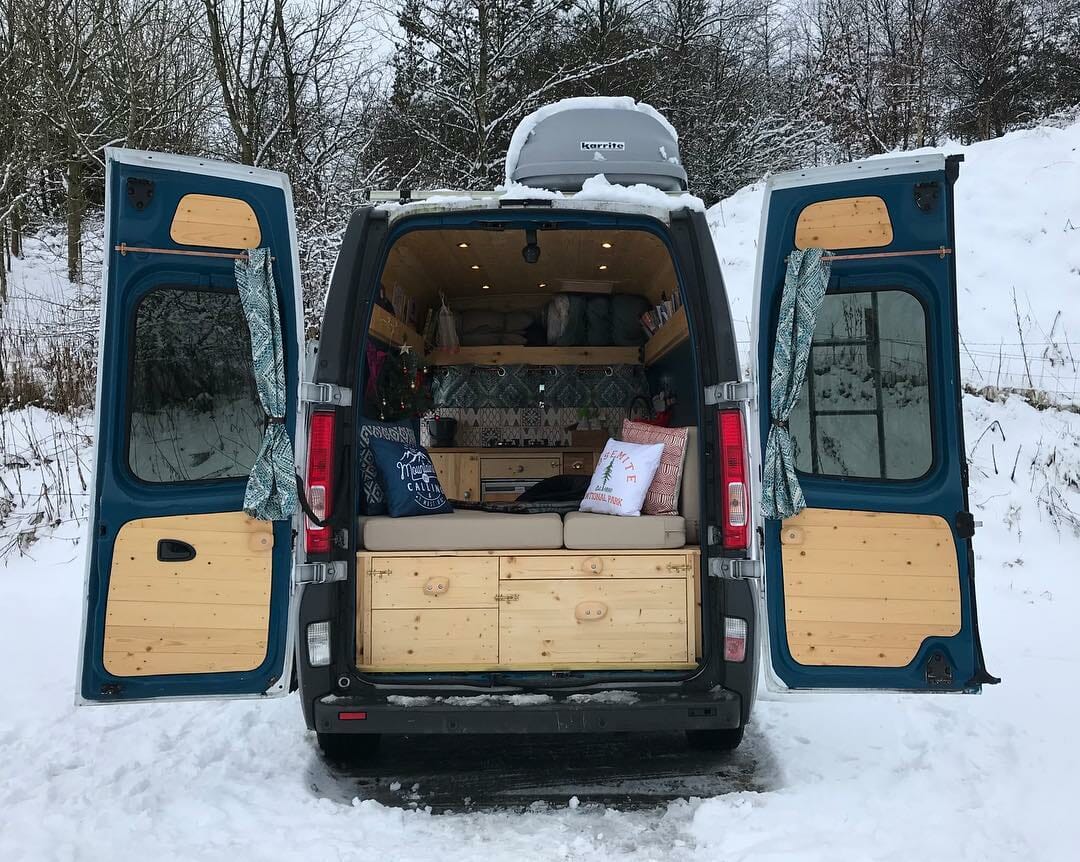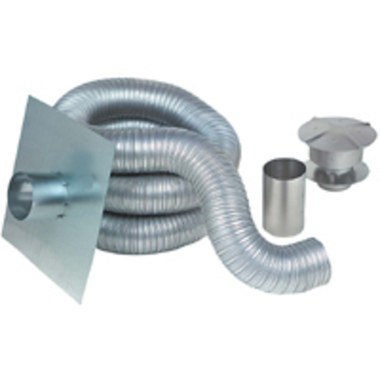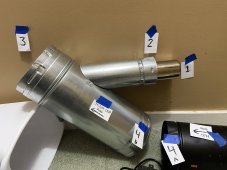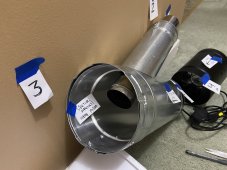Get1949
New Member
- Joined
- Dec 2, 2021
- Messages
- 45
I believe I have a unique problem to solve. I live in an all-electric condo complex on a second floor that has a small balcony. Should I/(WE) lose electricity in the depths of a cold January/February then about 100 people will have to leave their condos or freeze — NOT ME! (there are three separate buildings in the complex each with about 30+ people—families)
Over the past 6 months I have been experimenting with a stainless-steel camp wood stove (sort-ta meant for outdoors) with a way to extract the exhaust fumes from the stove (and seeing as how I have a porch above me and one below me…this presents a problem!) by running a chimney (type) exhaust pipe up over the roof top for draft is totally out of the question (in fact, it is laughable).
Now, using this stove when conditions are normal (electricity there) would be illegal (via the condo rules…and rightfully so). But when the SHTF… the rules will go out the window as residing here would then become a survival issue.
So, I made up as 4” to 6” diameter stove pipe system that goes out my window with the exhaust pipe going through the (opened) window and onto the porch via specials heat-proof seals and brackets and sheet metal barrier so as to not cause a fire issue (as the hot pipe passes through the window) — this was all tested three times without issue at a friend’s barn. Then I put a 12V - 2.5Amp 200CFM DC ducted (4-inch diameter) fan that blows into a 6” diameter pipe in which the 4-inch exhaust pipe is “Y” cut into the 6-inch duct. With the fan on it blows cold air (the fan is outside with the pipe arrangement) so fast past the exit end of the hot exhaust pipe that it causes a venturi effect that sucks the exhaust out of the exit pipe/end of the 6” dia. pipe.
When I open the door of the stove (WHEN THIS FAN IS ON) I can easily feed the stove wood (I have a source of free oak) without any concern of back draft and smoke entering the condo! It works so well that I should patent it! (Hint Hint for you!!). Now here is the catch…
All the testing done so far has been with a 110/115 ducted fan with a CFM that is a bit higher than the 200 CFM DC fan. So, although I am sure it will work with DC voltage, I have not been able to test that yet but with… TWO 200 cfm ducted DC fans in a special pipe (another “Y” connector) I now have air flow CFM above the tested 115 AC volt fan CFM. With a dimmer switch I should be able to adjust for the best CFM and save voltage that would come from a battery system…(?)
SOoooo, I need to have a source of DC voltage that will run these: TWO – 12 Volt DC – 2.5 Amp ducted fans and looking at the specs off the box it mentions: Output-open flow data: @13.6 volts: 230CFM, @12.0 volts 200 CFM, @12 Volts DC… 2.5 Amps. Fuse size 5 amps.
My ability to get good solar is limited but I thought I might be able to put the solar panels on the roof of my jeep with the battery charging apparatus inside and orientate the jeep to get the best direct sun (charge the battery then bring it inside to run stove fans)…is this a good idea? Other than that, I can hang solar panels off my porch that has an area of useable and easily accessible dimension of 10 X 10 feet. It gets some direct sun in the morning (8ish AM to 11AM) then indirect sharp angle light until 1PM then in shadow of the building with only indirect light as the sun goes behind my building (my porch is in the front).
Can you set me up with what I need? Will has some complete systems on his web or his youtube channel that I can go see and purchase. I can send some pictures if this helps.
Thanks
Gordon
Over the past 6 months I have been experimenting with a stainless-steel camp wood stove (sort-ta meant for outdoors) with a way to extract the exhaust fumes from the stove (and seeing as how I have a porch above me and one below me…this presents a problem!) by running a chimney (type) exhaust pipe up over the roof top for draft is totally out of the question (in fact, it is laughable).
Now, using this stove when conditions are normal (electricity there) would be illegal (via the condo rules…and rightfully so). But when the SHTF… the rules will go out the window as residing here would then become a survival issue.
So, I made up as 4” to 6” diameter stove pipe system that goes out my window with the exhaust pipe going through the (opened) window and onto the porch via specials heat-proof seals and brackets and sheet metal barrier so as to not cause a fire issue (as the hot pipe passes through the window) — this was all tested three times without issue at a friend’s barn. Then I put a 12V - 2.5Amp 200CFM DC ducted (4-inch diameter) fan that blows into a 6” diameter pipe in which the 4-inch exhaust pipe is “Y” cut into the 6-inch duct. With the fan on it blows cold air (the fan is outside with the pipe arrangement) so fast past the exit end of the hot exhaust pipe that it causes a venturi effect that sucks the exhaust out of the exit pipe/end of the 6” dia. pipe.
When I open the door of the stove (WHEN THIS FAN IS ON) I can easily feed the stove wood (I have a source of free oak) without any concern of back draft and smoke entering the condo! It works so well that I should patent it! (Hint Hint for you!!). Now here is the catch…
All the testing done so far has been with a 110/115 ducted fan with a CFM that is a bit higher than the 200 CFM DC fan. So, although I am sure it will work with DC voltage, I have not been able to test that yet but with… TWO 200 cfm ducted DC fans in a special pipe (another “Y” connector) I now have air flow CFM above the tested 115 AC volt fan CFM. With a dimmer switch I should be able to adjust for the best CFM and save voltage that would come from a battery system…(?)
SOoooo, I need to have a source of DC voltage that will run these: TWO – 12 Volt DC – 2.5 Amp ducted fans and looking at the specs off the box it mentions: Output-open flow data: @13.6 volts: 230CFM, @12.0 volts 200 CFM, @12 Volts DC… 2.5 Amps. Fuse size 5 amps.
My ability to get good solar is limited but I thought I might be able to put the solar panels on the roof of my jeep with the battery charging apparatus inside and orientate the jeep to get the best direct sun (charge the battery then bring it inside to run stove fans)…is this a good idea? Other than that, I can hang solar panels off my porch that has an area of useable and easily accessible dimension of 10 X 10 feet. It gets some direct sun in the morning (8ish AM to 11AM) then indirect sharp angle light until 1PM then in shadow of the building with only indirect light as the sun goes behind my building (my porch is in the front).
Can you set me up with what I need? Will has some complete systems on his web or his youtube channel that I can go see and purchase. I can send some pictures if this helps.
Thanks
Gordon






